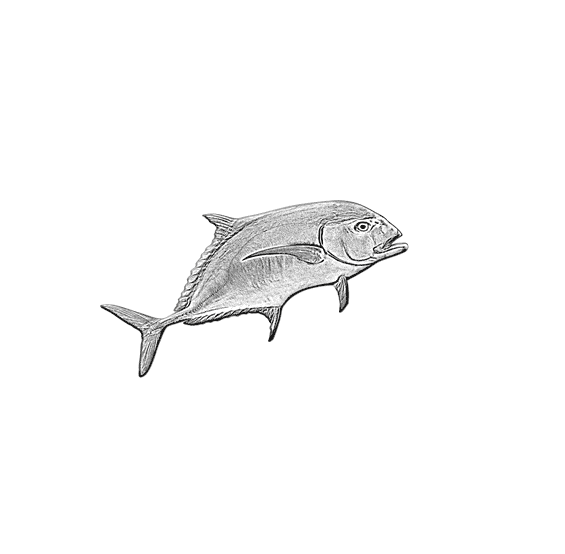
How to Catch Crappie
Crappie fishing is understandably very popular in the United States. It seems everyone wants to catch crappie.
These ubiquitous panfish are tasty and fun to catch. They can be found practically anywhere in the country.
Catching them may appear to be a simple task, but really polishing your tackle choice, and technique isn’t as easy as it might seem.
Read on to learn about choosing fishing equipment, how to get the most out of your fishing expeditions, and which seasons and conditions will nearly always result in a successful day of fishing!
The Different Crappie Types
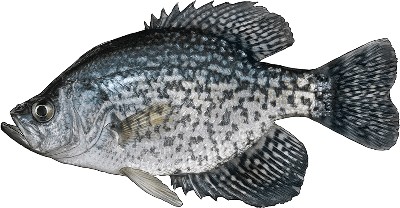
There are around seven different sorts of crappie, and knowing which ones they are will help you prepare for the situation.
A simple tutorial to identifying each species follows.
Black and White Crappie
The most frequent crappie color is black or white, and the only way to determine the difference is with your eyes.
However, during the breeding season, both black and white species’ males often become very dark.
Having said that, the best approach to distinguish between black and white species is to examine their markings.
Black crappie have no obvious pattern and merely have speckled scales, but white crappie have vertical lines running the length of their bodies
In general, black crappie prefer cleaner water with plenty of cover, whereas white crappie prefer murkier conditions. Also, white crappie prefer minnows to insects, but black crappie prefer insects.
Crappie of Other Colors
The color of the crappie is affected by water conditions and the season.
• Black-nose crappie have a black stripe going from the dorsal fin to the lips that runs the length of their body. It’s supposed to have evolved for the purpose of providing better camouflage when hunting prey.
• Golden crappie are considered to be even scarcer than gold, and they’ve only been photographed a few times.
Crappie Hybrids
Anglers are often perplexed by hybrid crappie.
It’s nearly impossible to distinguish between different species unless you’re a biologist or have deep knowledge of the water you’re fishing in.
Natural hybrid crappie can be found in the United States, although they’re still uncommon in most bodies of water.
Hybrid crappie are easy to spot since they combine all of the crappie features stated above.
In a lab, hybrid stock crappie are created by artificially cross fertilizing the roe and milt of different crappie species to create new varieties.
A blend of black nosed crappie and white crappie is the most common stock hybrid combination. The only difference between triploid and Magnolia crappie is that the eggs are shocked to make the fish sterile.
When is the Best Time to Go Crappie Fishing?
The season can have a significant impact on your catch.
Each season necessitates a somewhat different technique, but fortunately, crappie can be caught any time of the year.
Winter
Winter is the toughest season for crappie, but if you know where to look, you can still catch one.
The most crucial aspect of winter fishing is patience!
Winter, like any other season, is a terrific time to catch a trophy fish since there is less competition on the lake.
You’re more likely to have a successful fishing excursion if you live in a warmer location, such as one where temperatures don’t fall below 50 degrees Fahrenheit.
With that said, the fish move more slowly when it’s cooler, which means they’re less likely to bite. In addition, the deeper the water is, the more crappie there will be to be found.
In the winter, the greatest time to go crappie fishing is in the afternoon when the temperature is at its highest
You’ll have better luck fishing near structures in the water, such as brush piles, bridge piers, or downed trees, in any season.
Spring
Crappie will begin to emerge to feed and breed once the snow melts and temperatures begin to rise, especially near oxygenated, clear water.
Crappie, like many other fish, begin to spawn in March when temperatures reach 55 degrees Fahrenheit. Crappie reproduce in shallower areas, so it is an excellent time to go crappie fishing.
Summer
As the temperatures climb after spawning season, so do the populations of crappie.
In the summer, though, they are more unpredictable.
Try fishing around structures for the highest chance of success. In the summer, crappie will avoid going too deep and instead seek out these shady places where the water temperature is cooler.
When it’s warm outside, go out later in the evening or late at night. Crappie will be active in the shallows at that time of day.
Crappie also prefer places where warm water meets cold water.
Fall
The drop in water temperature in fall makes it easier to predict where the crappie will hang out. They’ll usually be gathered at a depth of about 10 feet beneath the surface.
Crappie fishing in the fall is great.
This is because crappie are easier to catch in the fall than other times of the year. They’ve been feasting all summer, and your chances of bagging large crappie are good!
How to Get the Most Out of Your Crappie Fishing
There are a number of other tips and tactics to help you catch a load of crappie.
Where to Fish for Crappie
Although crappie wander around, they prefer to stay near cover in clear, deep water, such as fallen tree limbs.
In the spring, look for them near submerged logs and plants, and other places they can be hidden from predators. Fishing in these locations can be difficult, but if you can get your bait next to or under a big log, you’ll probably have a good day.
Water Temperature
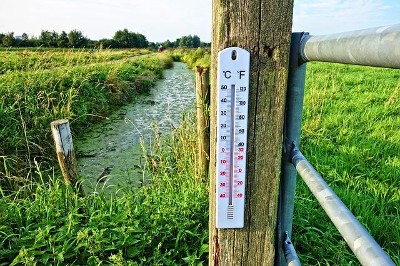
It’s important to remember that crappie fishing is best done when the water temperature is between 40 and 54 degrees.
If you comply to these temperature parameters, finding crappie will be much easier.
When it’s too hot, their behavior becomes chaotic, and when it’s too cold, they’re less inclined to bite.
Orientation
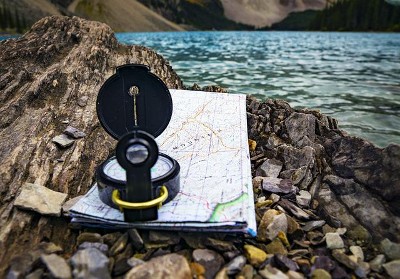
Knowing where you are when you go fishing is critical, not just for your own safety but also for learning about the area where you’ll be fishing.
Make sure you have a good map of the area or GPS to aid in your understanding of the waters. As a result, you’ll be able to find this species more quickly.
Patience
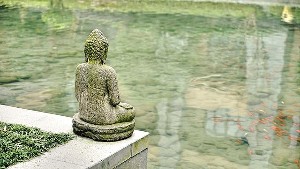
Finding crappie is the most difficult part, but once you’ve done that, you’re almost guaranteed to catch some fantastic fish.
However, searching for them, like searching for any other type of fish, can take some time.
Line
When targeting this species, you can use a wide range of tackle and line test strengths depending on where you’re fishing.
A light line, around 4 to 6 lbs. test, combined with a small sinker is an excellent combination.
Anglers typically use fluorocarbon lines with a 4 to 10 lbs. test strength.
Spider Rigging
Another effective approach is spider rigging, which allows crappie anglers to use numerous rod holders to provide varous baits and rigs.
Spider rigging entails utilizing many rods uniformly distributed around the boat’s bow, with each rod set up differently.
For example, on one rod, you might use a light Maribou jig, on another a spinning lure, a live bait rig on another, and a drop shot rig on yet another.
Employing a spider rigging arrangement like this, will help you figure out what works best for the spot you’re fishing in. Once you dial in what’s working, you can focus on filling your cooler with crappie!
Rod and Reel Selection a Great Crappie Rig
Rod
When targeting crappie, rod length is a vital consideration, and longer rods are normally advised.
Longer rods allow you to reach out from your boat and put your bait over where the crappie are hiding without getting your boat too near them. Dropping your bait straight down also results in less snagging than when casting.
Rod power is also a factor to consider. Crappie fishing is best done with a lightweight or ultra-lightweight rod because crappie are often rather small fish.
Furthermore, light and ultra-light rods are less tiring to to hold, and cast, are slightly more sensitive. As a result, you’ll be able to notice minor bites more quickly, allowing you to set the hook more quickly.
The most sensitive rods are graphite rods, because they transmit any movement or vibration from the bait to the angler’s hands. They are also light, making it an excellent choice for all-day fishing.
The rod’s design is also critical in creating sensitivity. When choosing your rod, look for models that are noted for their sensitivity.
Reel
For crappie fishing, choosing a proper rod is the most vital step when purchasing gear, but the reel’s value should not be overlooked.
For crappie fishing, most anglers use a spinning reel since they produce better results.
Medium-sized spinning reels are recommended since they may be used for quite a few of fish species besides crappie, such as bass, and trout.
A 3500 size reel allows you to go fishing with light tackle, yet they also work well with heavier stuff. A good quality, modern reel in the 3500 class will surprise you with it’s ability to land larger fish.
Because crappie aren’t big fish, you can also use a reel in the ultralight size range, if you prefer to go that route.
The Best Baits, Lures, and Jigs for Crappie
See also Great Crappie Rigs .
We’ve covered when and where to catch crappie, and the rods and reels you’ll need. Now, let’s move on to the best bait to use to catch your limit!
Live Bait
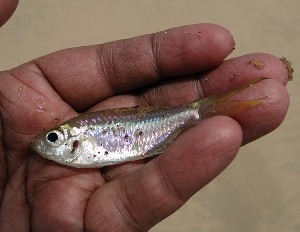
Live bait is typically the most effective for crappie.
Many fisherman prefer minnows, particularly fathead minnows, and you’ll see them used a lot when you’re out on the water. The reason is that crappie can’t resist them!
Worms work well too, as do insects.
Jigs

There are a variety of jigs available in many of sizes and colors.
Crappie anglers favor the Marabou jig. These jigs have hairy bodies, with tails made from bird feathers.
Crappie have large mouths, so it’s OK to use a little larger jig if a big fish are lurking in the area where you’re fishing. A 1/8 oz. or 1/16 oz jig works well.
Vertical jigging using marabou jigs works well. Use a long rod to hang the jig out over a school of crappie, especially if they’re hanging out near cover . A longer rod allows you to remain a bit of distance from the crappie, so as to not scare them off.
You can use a plastic grub, worm, or minnow on a jighead. Crappie will most likely choose a live bait over a plastic bait.
Colors
The color of the bait you choose to fish for crappie can make a difference as well.
• Use naturally colored bait that’s close to the color of the crappies’ food, when fishing where the water is clear.
• Bright colors are more visible in slightly murky water on sunny days. Choose yellow, or pink.
• In murkier water, bright colors are still preferable because they reflect the limited amount of light.
• Choose deeper hues with a touch of flash, such as maroon, on cloudy days.
How To Increase Your Crappie Catch
Look for a Productive Lake
Finally, finding a lake with a large population of crappie and getting to know the water, including where the deeper portions are, is the greatest method to assure you have success catching crappie.
Visit your favorite lake as often as possible, and you’ll learn the greatest fishing places over time. Then, regardless of the season, you’ll soon master crappie fishing.
Make Your Way to the Thermocline
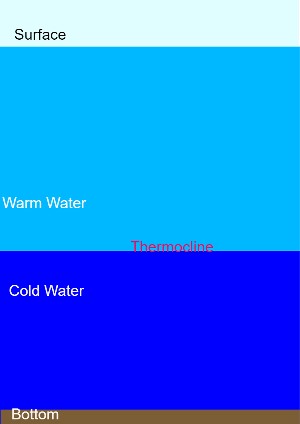
A thermocline is formed when cold, unoxygenated water meets warmer, oxygenated water in a water column.
Natural lakes will most likely have a thermocline in the summer, and you’ll find crappie lurking in this zone. However, the thermocline’s location will be determined by the geography of the lake.
Regularly check your sonar while travelling around the lake to check if there are any fish gathered at the same depth. If you see fish often appearing at certain depth, that’s probably where the thermocline is.
Purchase a Fishfinder

A sonar fishfinder is essential for any serious angler who employs a boat or kayak.
This piece of gear will improve your underwater vision, allowing you to locate crappie clusters as well as any other type of fish you’re after.
To put it another way, a fish finder is great for fine-tuning your approaches.
Use Minnows to Attract Crappie
If you’re striking out during the day, try attracting some minnows at night.
Breadcrumbs or dry pet food can easily attract minnows. Try sprinkling crumbs in shallow places to see if it results in more crappie being caught.
Fishing in Storms
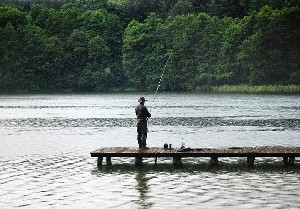
Crappie fishing can be done in any season, but summer storms are especially good.
When the wind is beginning pick up and clouds are thickening, get out on the water right before a storm arrives. You’ll often discover that it is the best time to catch crappie.
However, keep safe and don’t go outside if you see lightning or strong gusts, as these can be quite dangerous. It’s also a good idea to go fishing right after a storm.
Crappie F.A.Q. :
When is the best time to go crappie fishing?
You can typically catch them at any time of day, although it’s normally preferable to catch them between midnight and 2 a.m., when they’re feeding. However, for those who don’t want to be up fishing in the middle of the night, morning and dusk can be excellent times to hook into this species.
What month is the best for crappie fishing?
Spring is thought of as the best time of year to catch crappie as it’s their spawning season, but crappie will hang out in covered areas beneath structures all year long.
Fish shallower water in spring and fall, and deeper water in winter and summer.
When fishing for crappie, what depth is best?
When it comes to crappie fishing, water depth is highly dependent on the season. Crappie fishing is best when the depth is between 2 and 6 feet. During the summer or winter, you’ll typically locate them in deeper waters, most likely hidden beneath that brush pile or in weed beds. During the spawning season, they can be found in as little as 6 inches of water.
What size hook should I use for crappie fishing?
To catch crappie, you’ll want to utilize very sharp, light-gauge hooks with long shanks no matter what type of bait or lure you’re employing. Typically, lures with hook sizes of #2, #4, or #6 work best. The Aberdeen-style hook is a popular choice among crappie anglers.
If you’re getting a lot of bites but can’t seem to hook a crappie, consider going up a size or slightly opening up the hook.
